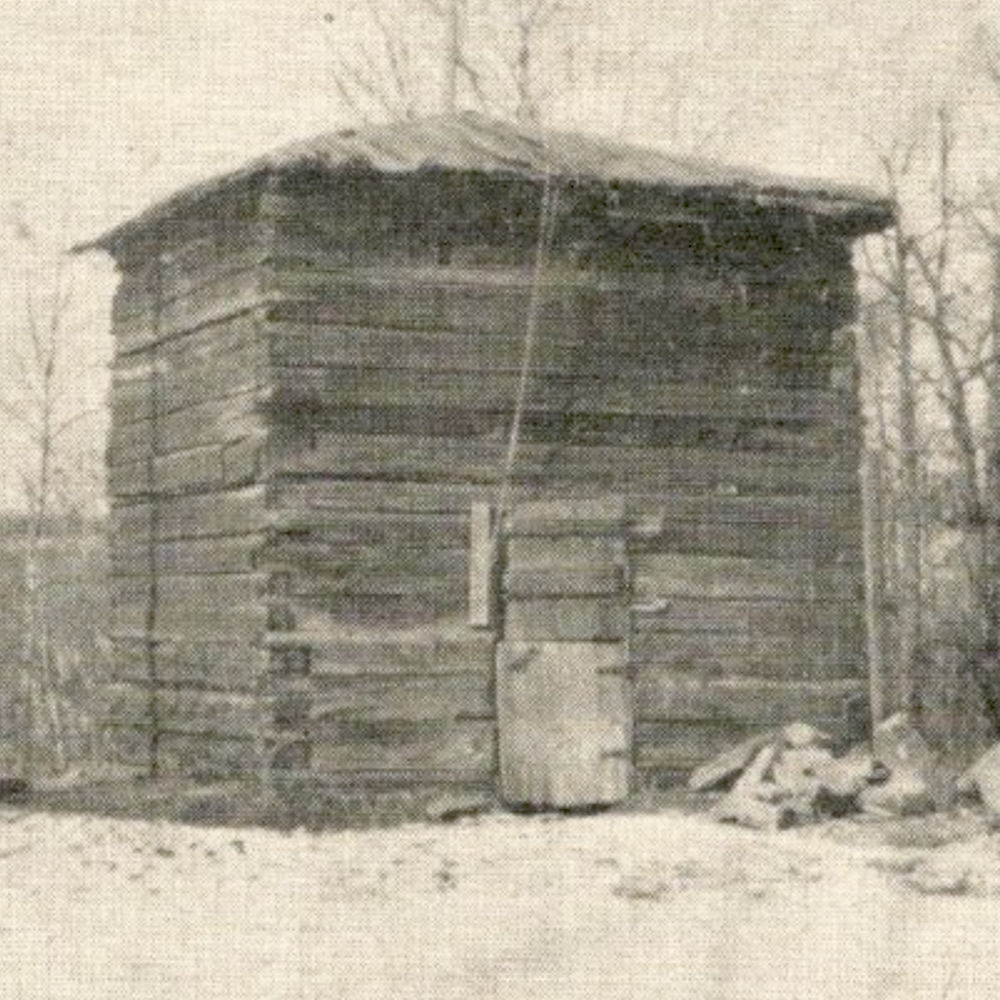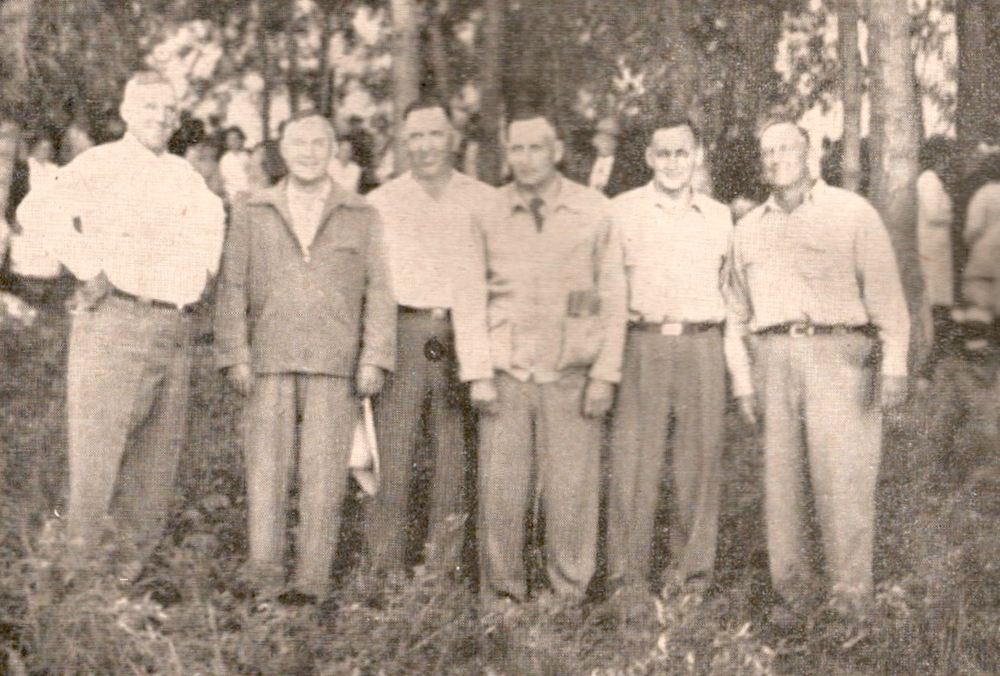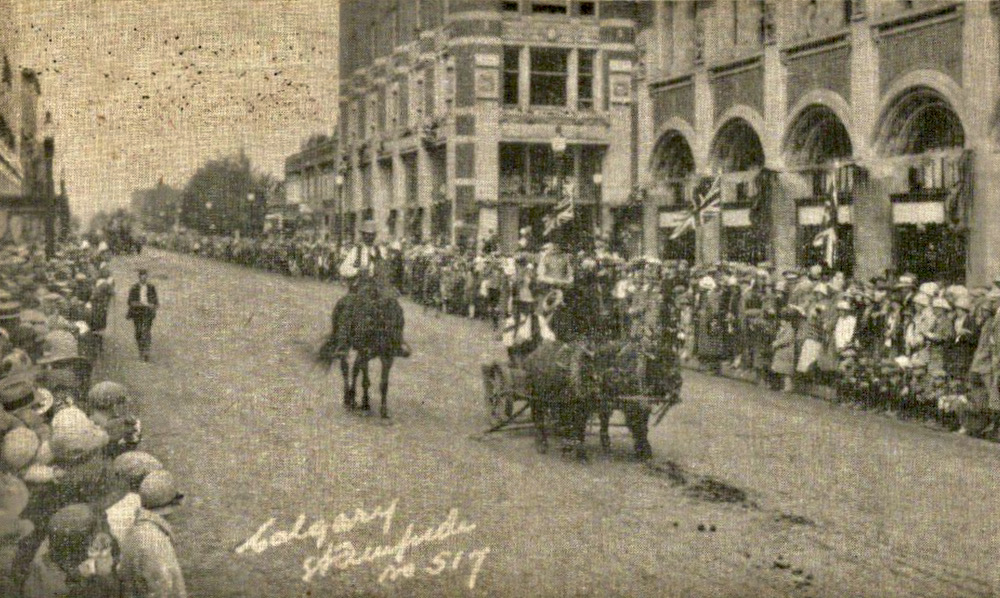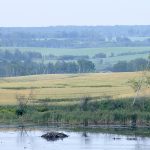By Urban Guichon, Kamloops, B.C.
Of interest to cattle ranchers is a breeding program being carried on in the herd of the Guichon Cattle Co., Quilchena, B.C. to cut down on mortality at calving time of yearling-bred heifers. It has always been the unavoidable practice of this ranch to breed yearling heifers but, as may be expected, many of heifers, as well as their calves, were lost each year — the heifers being unable to deliver the large Hereford calves they carried. To eliminate this serious economic loss, it was decided some years ago to start breeding these heifers to Aberdeen-Angus bulls, the heifers being predominant Hereford blood. In the spring of 1947 five Angus bulls were obtained at the Calgary Bull Sale and in the summer were placed out with the herd of 400 yearling heifers.
Read Also
History: Reminiscences of the North West Rebellion, 1885
Reminiscences of the North West Rebellion, 1885By Annie L. Gaetz ‘The seat of the North West Rebellion of 1885, was…
The Guichon yearling cattle have as their summer range a portion of what is known as the Pike Mountain Range, which is located west of the Merritt-Princeton highway well to the south of Aspen Grove. This range is fenced off from other cattle herds and it was here possible to carry on this breeding program without interfering with the operations of any other rancher. The normal number of bulls were placed on this range so that in all there were 20 bulls on the range, five being Angus and 15 Hereford. The results the first year indicated that the Angus bulls were active breeders as just over 100 of the resulting calves in the spring of 1948 were of the dominant black color. In not one case was a heifer lost at calving when a black calf was produced nor did they need as much assistance as heifers normally require.
The black calves, usually with white faces, were sturdy and strong and were found to be unusually active and nimble in getting around dead falls and other obstructions on jackpine range. This results in less danger for them to lose their mothers on the thickly wooded ranges.
All the heifer calves resulting from this cross were sold in the fall so that the herd would not lose the purity of the breeding. (Purebred Hereford and Shorthorn sires have been used in this herd for over 60 years in the proportion of one Shorthorn to 15 Herefords.) The Angus-cross steer calves, on the other hand, were kept with the regular bunch of steers. After being weaned from their dams in the fall of 1948 they were grain fed along with the others through the winter of 1948-49; put out on the range for the summer of ’49; brought in again to be fed for the winter and finished off in the spring of ’50 for market. The crossbred Angus-Hereford steers showed up very well as marketable cattle in the summer of 1950. In the Guichon herd, as in others, it is the custom to ship the best steers as early in the summer as possible to get in on the best market. The first beef usually moves to market in the middle of July. A good proportion of the black steers were shipped in the first beef drive of 1950. All steers from this ranch are shipped subject to pay on rail grade and the black steers all graded A. The average live shipping weight of the black steers compares very well with the average weight of all two-year-old steers shipped from the ranch. Ordinarily the steers from two-year-old heifers do not come along as well as steers from mature cows, but the black steers were all ready for market early in the shipping season of 1950.
Thus, it will be seen that the purchase of the original five black Angus bulls in the spring of 1947was a profitable venture, not only in the saving of the heifers and calves at calving time, but also in the fine quality of beef, which the hybrid vigor of crossing the two breeds gave to the two-year-old steers. This is the first time it has been possible to trace the experiment from beginning to end and sum up the conclusions. It is believed to be the first time that this type of breeding program has ever been attempted on such a broad scale in the British Columbia range country.
In the summer of 1948, the same five Angus bulls were put out on the range, two more were added in 1949 and for the summer of 1950 the herd of about 400 heifers was completely equipped with 15 purebred Aberdeen-Angus bulls. Four of these bulls were obtained from the herd of Gilroy & Stephen, Merritt, B.C. This herd is the only purebred Angus herd in Central B.C., and is becoming more widely known every year. Four others were obtained from the herd of S.R. Marshall of Qualicum, Vancouver Island.
There are now on the Guichon Ranch, black yearlings and two-year-old steers from the calf crop of 1949 and 1950. It is expected that all calves born from the heifers this year will be black calves from the Angus bulls and it is further expected that losses from heifers at calving time will be at a minimum.
The Angus bulls have not been used at all on the mature cows and the majority of the breeding bulls in the Guichon herds are still the best purebred Herefords obtainable, with also a few purebred Shorthorns.
One question often asked, especially in the Cariboo country of B.C., is why are black steers not worth as much as white face red steers. The results of the work on the Guichon Ranch indicate that the black animals are worth every bit as much as the white faces, all depending on their quality and condition. As previously stated, the carcasses from Angus cross shipped in 1950 all graded A and obtained top market prices. They were not discredited against on the market. On the contrary, buyers were very keen to get them.
In conclusion, it might be mentioned that breeding heifers as yearlings can only be successful when they have been big early calves properly nourished all the time and fed some grain through the winter months with ample mineral supplements.
All in all, the experiment using Angus bulls of the Hereford bred yearling females has turned out very well indeed for the Guichon Cattle Company who are pleased to pass this information on to other cattlemen, many of whom have inquired from time to time how the project has been turning out.















